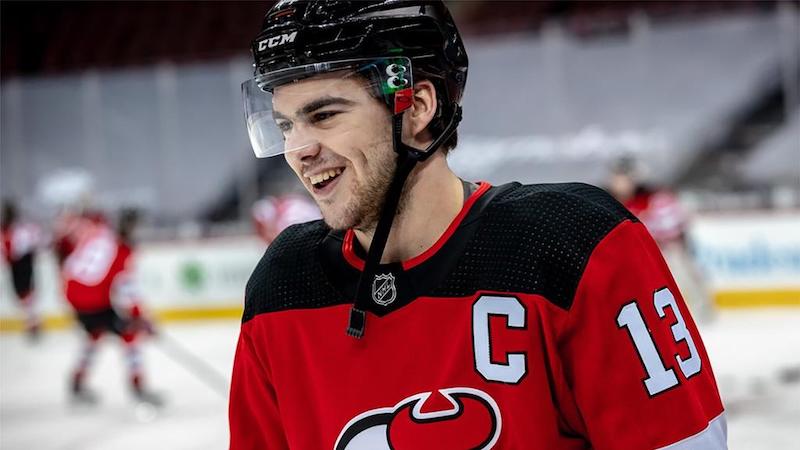(The online newspaper) Nettavisen has written several times about the battle between the grocery chains’ own brands (EMV) and the suppliers’ products. Last year, Virke advocated more EMV in stores.
There has been speculation as to whether the chains deliberately raise the prices of the suppliers’ products in order to subsidize their own goods. But a test carried out by Nettavisen shows that several products from Kiwis First Price were more expensive than the brand. Frist Price products must be the cheapest.
When asked if Orkla himself is around and checks the development of the chain’s goods, it comes directly from communications director Håkon Mageli:
– We are following closely.
– Our operational environments are very much on the ball and follow the prices, especially around the two central price windows of 1 February and 1 July, he adds.
– What we are saying is that we have a cautious decline in market shares, and we think we are losing shares to the private brands, Group CEO Nils K. Selte elaborates.
It is not Orkla that determines the prices
As a supplier to the grocery chains, Orkla has no opportunity to set the price for consumers, the chains do that.
– No, it is our customers who set the price in the shops, and it is a special situation. Our most important competitor is the chains’ own brands, and our most important competitor also sets the prices themselves, says Selte.
– Is it uncomfortable?
– Yes, answers Mageli. He is concerned that the prices in the stores are set in a fair and correct way, so that Orkla competes on equal terms.
– Those are the rules of the game, and we have to deal with them. Therefore, we must be innovative, take out costs and constantly deliver good products that consumers want. And then we have continuously increased our marketing budgets. It is an area where we have said that we will not reduce costs, explains Selte.
Strong growth
Orkla presented solid figures for the first quarter and did far better than analysts expected. The growth compared to the first quarter of 2022 was a nice 13 per cent,
Orkla wrote in a stock exchange announcement that growth in the important brand area was driven by price increases to compensate for cost increases. In reality, therefore, the entire growth from last year is price increases.
Mageli says that analyst reports show that this also applies to the global brand companies.
also read
Food prices will go up: These figures give a gloomy prediction
Sells mostly outside Norway
Orkla has as much as 75 percent of its turnover outside Norway. The results therefore apply to a large extent to operations outside the domestic market. Orkla is careful not to say anything about the volume growth in Norway versus the foreign markets.
– What we have said is that there are large variations between the different business areas. We see that Orkla Foods (well-known brands in the Nordics and Europe, editor’s note) has a very weak volume development, while other areas have a fairly positive development. Sweden, Denmark, the Czech Republic and Slovakia are perhaps the areas where volumes have developed the weakest, says Selte.
He does not want Nettavisen to go into detail about how big the drop in volume has been.
– We have had a growth in income of approx. 13 per cent, and we have had a slight decline in volumes, says the CEO.
In arrears
Last autumn, Selte was clear that the prices they charged were behind the cost increases. But the prices of a number of raw materials have fallen, and energy prices are on the way down.
– If you look at the world market, it is true that commodity prices have fallen. But there is a backlog here, and it is not like we buy all our input factors in the spot market, Selte counters.
Orkla still has to endure high purchasing costs. And again, there is a big difference between the different businesses.
– Orkla Foods has increasing purchasing costs, for example on meat, dairy raw materials, potato puree and rice. For other parts of the business, we see some decline, says Selte.
Drought can bring new price jumps
The prices of some raw materials may rise further as a result of the prolonged drought in southern Europe.
– Obviously, it comes in cash from the CEO.
– We have had two seasons of fairly dry summers in Europe, which have affected many input factors on price. There is not only war and instability, but also drought.
– Are you worried about what climate change will do to both the supply of raw materials and the prices?
– Yes, it is something we follow closely and which we constantly monitor closely. It is also part of our sustainability strategy, answers Selte.
also read
Professor rages against Kiwi: – Dishonest!
2023-05-13 17:29:02
#Orkla #warns #Rema #Kiwi #watching #closely


